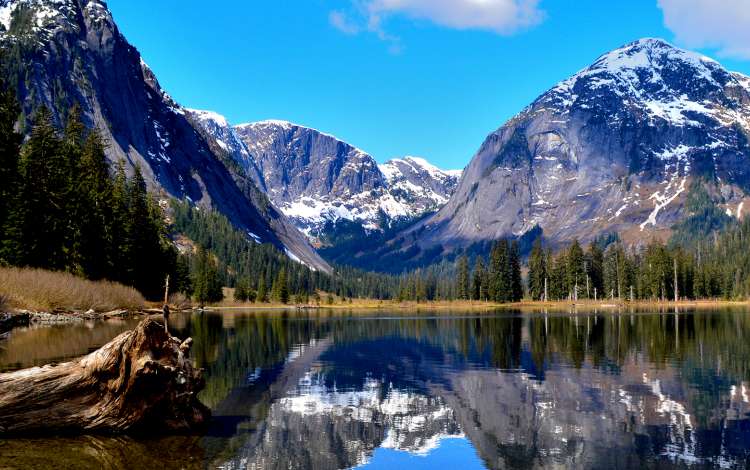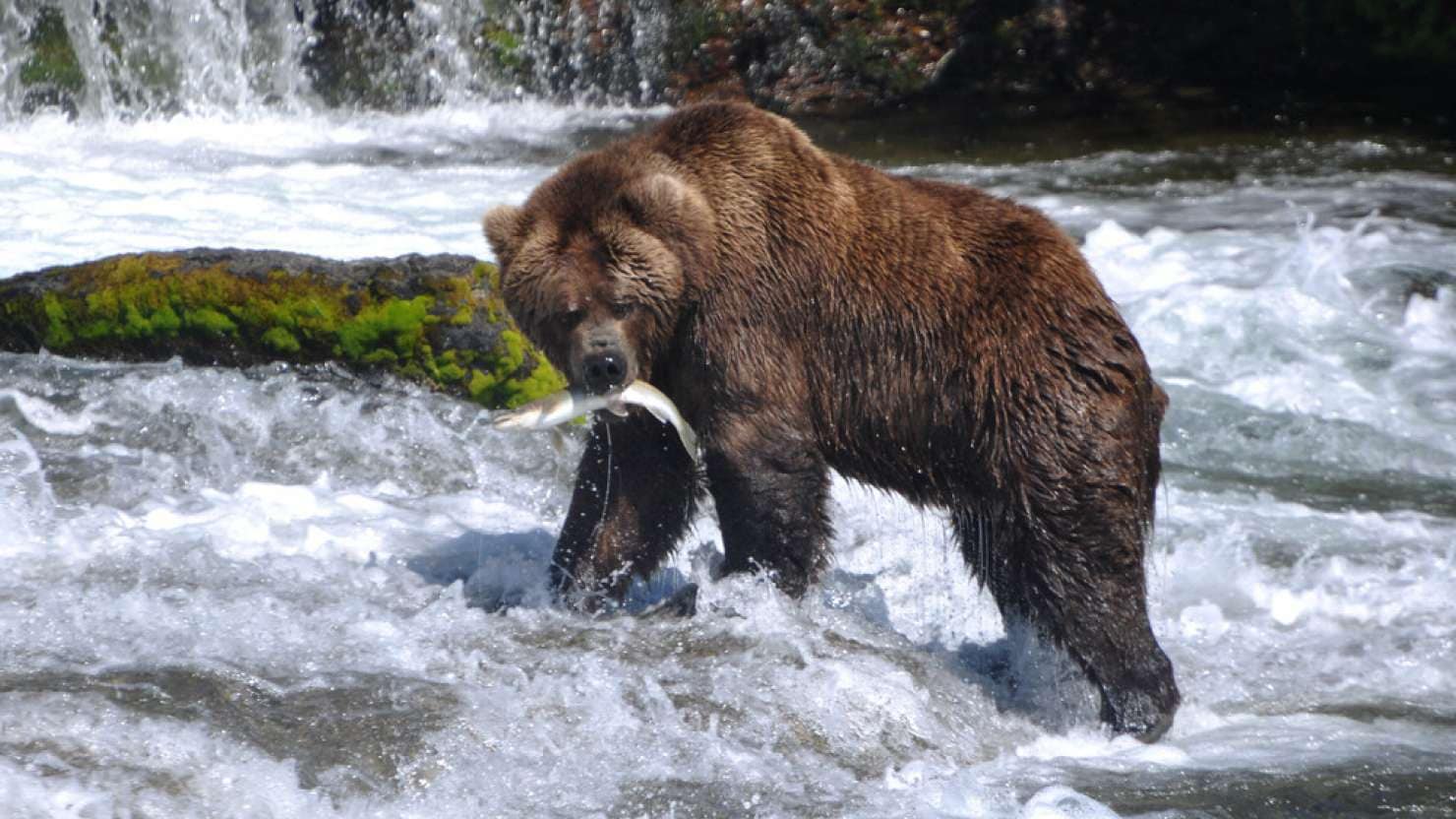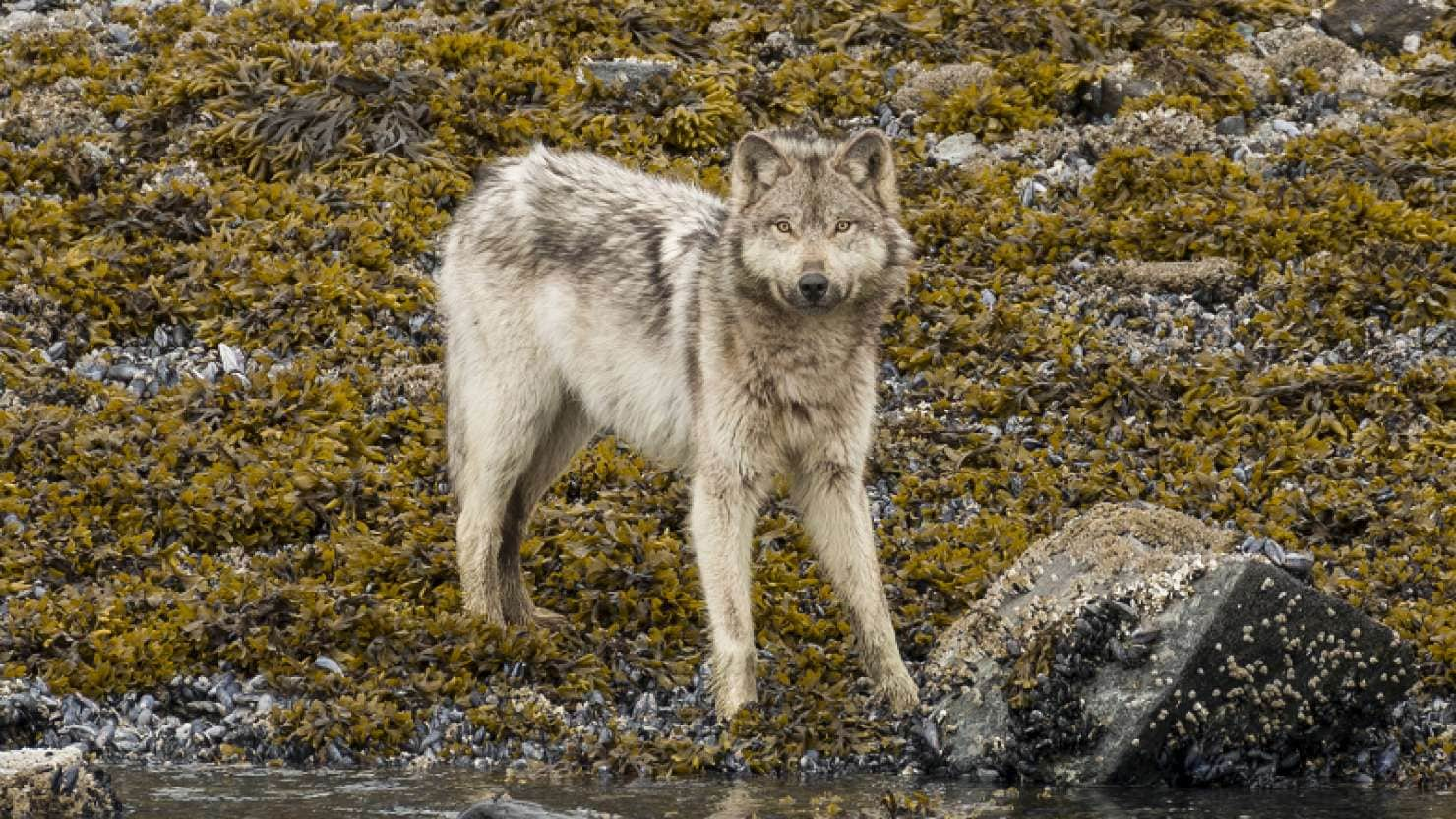ヨーロッパで複数の国を効率的に訪れる方法


Cunard is proud of its Alaska cruise season, featuring the very best of this stunning region. Here are just six of the wild and wonderful creatures that may be seen on such a voyage – with spring and summer the best time to spot them.
Alaska offers world-class opportunities to see bears in their natural habitat. From Icy Strait Point on Chichagof Island, one of the memorable destinations on Cunard’s new Alaskan itinerary, head out to view the local brown bear population, one of the densest populations found anywhere on earth. Providing an unforgettable bucket-list opportunity to see these impressive predators up close, watch as the bears fish for salmon in the cold, fast-flowing streams or forage on the shoreline for mussels and clams.
Nature note: On a global basis, Alaska remains a stronghold for brown bears, with the state-wide population numbering more than 30,000.

Alaska is home to approximately 8,000 wolves and – perhaps due to their reputation in both folklore and on the big screen – these impressive creatures never fail to enthral. Living in packs of around five or six, it’s not uncommon to spot wolves in the state’s premier patch of wilderness, Denali National Park, which our guests have the opportunity to experience on one of our flightseeing excursions, while on the Inside Passage, small packs persist in remote areas. Listen for the sound of their haunting howls as you sail through wilderness regions along your route.
Nature note: Two species of wolf make a home in Alaska today: the darker and smaller Alexander Archipelago wolf is found in the south, while the grey wolf roams across the open spaces of Alaska’s Interior.

A salmon safari? Yes, really. One of the animal kingdom’s most impressive sights, catching a glimpse of spawning salmon swimming against the tide, is not to be dismissed. Tiny Ketchikan is known as the salmon capital of the world. Five different species of salmon – literally millions of fish – flood through the quaint town’s creek every summer, making it a fascinating destination point on this Cunard adventure.
Nature note: Salmon recognise the stream where they hatched based on the smell of the water. They typically lay their own eggs within 10 feet of the site where they hatched.
You’ll find that big is beautiful when you tour Alaska and things don’t get much more beautiful – or bigger – than this. Both humpback whales and orca – or killer whales – find a summertime home in the waters of the Inside Passage, when Alaska’s climate can reach well above 27°C (80°F) . Cunard’s Alaskan journey provides many opportunities to spot these magnificent creatures in the wild – whether from the deck, or on specially organised excursions to premier whale-watching sites. After spending their winters in Hawaii, the massive humpbacks return to Alaska each summer to feed on the region’s bounty of herring and krill.
Resident orcas head for well-known salmon runs, while transient orcas cruise along by seal haul-outs and sea lion colonies in search of an easy snack. Trips from Juneau or Icy Strait Point offer the chance to see both humpbacks and orcas on the same trip.
Nature note: Humpback whales are the gentle giants of the North Pacific. At full size, they may be up to 45 feet in length and weigh a ton per foot. They eat up to 1.5 tons of food a day.
.jpg.image.1480.832.low.jpg)
If your trip takes you to Interior Alaska (or British Columbia), you’ll soon see that moose are a part of the landscape. With long, skinny legs and a high body, they’re often called God’s mistake, but in fact this design is perfect for foraging in marshes and wetlands in summer and traversing through knee-deep snow in the winter. Along the Inside Passage, moose are latecomers. They’re not mountaineers, so migration over the Coast Mountains wasn’t an option. Instead, they wandered in through the Chilkat Valley. The first moose were seen in the 1920s but now numbers are surging. Head down to the area around Haines, accessible on wildlife tours out from Skagway, for a chance to see them in the wild.
Nature note: When male moose produce a new set of antlers every year, it’s the fastest growth spurt on record in the animal kingdom.
In any port of call along Alaska’s Inside Passage, look to the skies to see America’s iconic symbol, the bald eagle. While the name might suggest otherwise, bald eagles are named for their fully-feathered heads and distinct coloration pattern (their name comes from piebald, meaning two-coloured). With a wingspan of up to seven feet, they are master gliders, soaring on thermals as they scan for fish – bald eagles have amazing eyesight and can spot their prey from distances of up to two miles away. Alaska’s coastal areas offer the perfect habitat, with old-growth trees along the shorelines of streams and coastlines stocked with salmon.
Nature note: Bald eagles are surprisingly loyal. They mate for life and frequently return to favoured summer regions, even using the same nest each year to raise their young.

An astonishing spectacle.
Dr Rachel Cartwright, conservationist and naturalist, recalls a treasured wildlife encounter."One of my most memorable whale encounters happened quite recently in the waters of Frederick Sound, south of Juneau. On this particular evening, the water was smooth and glassy and we began to see humpback whales in every direction. As each small group broke the surface, deep, bellowing exhalations echoed across the sound and huge towers of misty saltwater hung in the still air. Finally, a group of whales surfaced in clear view, off the back deck of the ship. After several breaths, they began to dive. Deep, smooth arcs, then flukes thrown high in the air, one after another."
"We thought they had gone, but then we heard a new sound – a high, mournful cry. As it got louder and louder, birds circled overhead and the surface of the water ruffled with excited prey. "
‘Then, suddenly, the water erupted with whales, their jaws wide open, along with leaping fish and diving birds.’
"For maybe 30 seconds, it was complete chaos until, like monoliths, the whales sank slowly and steadily back down into the water. The bubbles dissipated and just a few fish scales floated on the surface, the only remaining evidence of the spectacle we had just seen."
1
of
8
キュナードでは、最新のクルーズ情報、弊社に関するニュースやお得な情報などを配信しております。受信を希望される方は、お客様の敬称をご選択の上、お名前、メールアドレスを半角ローマ字で入力してください。同意のチェックボックスに✓を入れてから「登録する」をクリックしていただくとお手続きが完了します。